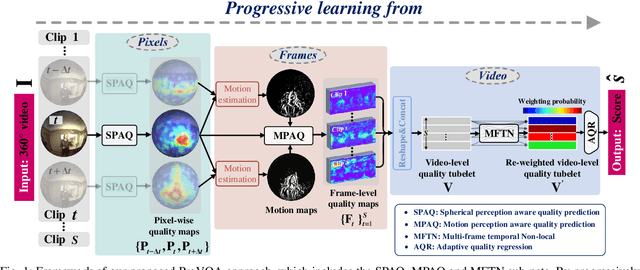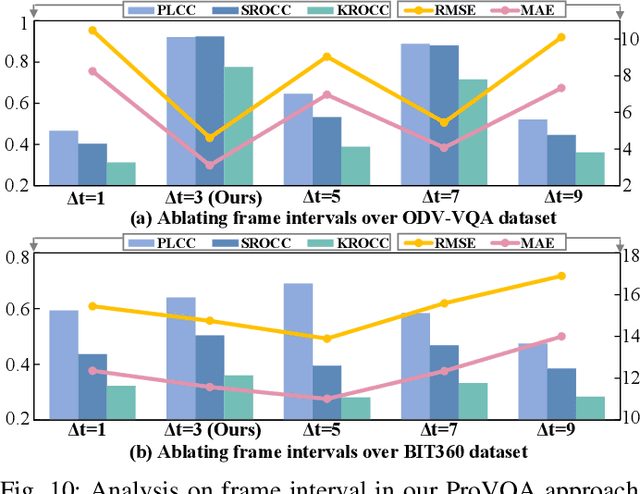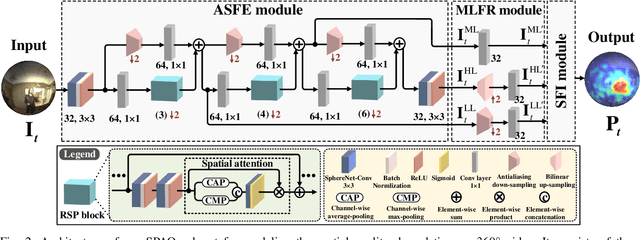Yichen Guo
Uncertainty Guided Adaptive Warping for Robust and Efficient Stereo Matching
Jul 26, 2023Abstract:Correlation based stereo matching has achieved outstanding performance, which pursues cost volume between two feature maps. Unfortunately, current methods with a fixed model do not work uniformly well across various datasets, greatly limiting their real-world applicability. To tackle this issue, this paper proposes a new perspective to dynamically calculate correlation for robust stereo matching. A novel Uncertainty Guided Adaptive Correlation (UGAC) module is introduced to robustly adapt the same model for different scenarios. Specifically, a variance-based uncertainty estimation is employed to adaptively adjust the sampling area during warping operation. Additionally, we improve the traditional non-parametric warping with learnable parameters, such that the position-specific weights can be learned. We show that by empowering the recurrent network with the UGAC module, stereo matching can be exploited more robustly and effectively. Extensive experiments demonstrate that our method achieves state-of-the-art performance over the ETH3D, KITTI, and Middlebury datasets when employing the same fixed model over these datasets without any retraining procedure. To target real-time applications, we further design a lightweight model based on UGAC, which also outperforms other methods over KITTI benchmarks with only 0.6 M parameters.
DAQE: Enhancing the Quality of Compressed Images by Finding the Secret of Defocus
Nov 20, 2022



Abstract:Image defocus is inherent in the physics of image formation caused by the optical aberration of lenses, providing plentiful information on image quality. Unfortunately, the existing quality enhancement approaches for compressed images neglect the inherent characteristic of defocus, resulting in inferior performance. This paper finds that in compressed images, the significantly defocused regions are with better compression quality and two regions with different defocus values possess diverse texture patterns. These findings motivate our defocus-aware quality enhancement (DAQE) approach. Specifically, we propose a novel dynamic region-based deep learning architecture of the DAQE approach, which considers the region-wise defocus difference of compressed images in two aspects. (1) The DAQE approach employs fewer computational resources to enhance the quality of significantly defocused regions, while more resources on enhancing the quality of other regions; (2) The DAQE approach learns to separately enhance diverse texture patterns for the regions with different defocus values, such that texture-wise one-on-one enhancement can be achieved. Extensive experiments validate the superiority of our DAQE approach in terms of quality enhancement and resource-saving, compared with other state-of-the-art approaches.
Blind VQA on 360° Video via Progressively Learning from Pixels, Frames and Video
Nov 18, 2021



Abstract:Blind visual quality assessment (BVQA) on 360{\textdegree} video plays a key role in optimizing immersive multimedia systems. When assessing the quality of 360{\textdegree} video, human tends to perceive its quality degradation from the viewport-based spatial distortion of each spherical frame to motion artifact across adjacent frames, ending with the video-level quality score, i.e., a progressive quality assessment paradigm. However, the existing BVQA approaches for 360{\textdegree} video neglect this paradigm. In this paper, we take into account the progressive paradigm of human perception towards spherical video quality, and thus propose a novel BVQA approach (namely ProVQA) for 360{\textdegree} video via progressively learning from pixels, frames and video. Corresponding to the progressive learning of pixels, frames and video, three sub-nets are designed in our ProVQA approach, i.e., the spherical perception aware quality prediction (SPAQ), motion perception aware quality prediction (MPAQ) and multi-frame temporal non-local (MFTN) sub-nets. The SPAQ sub-net first models the spatial quality degradation based on spherical perception mechanism of human. Then, by exploiting motion cues across adjacent frames, the MPAQ sub-net properly incorporates motion contextual information for quality assessment on 360{\textdegree} video. Finally, the MFTN sub-net aggregates multi-frame quality degradation to yield the final quality score, via exploring long-term quality correlation from multiple frames. The experiments validate that our approach significantly advances the state-of-the-art BVQA performance on 360{\textdegree} video over two datasets, the code of which has been public in \url{https://github.com/yanglixiaoshen/ProVQA.}
 Add to Chrome
Add to Chrome Add to Firefox
Add to Firefox Add to Edge
Add to Edge